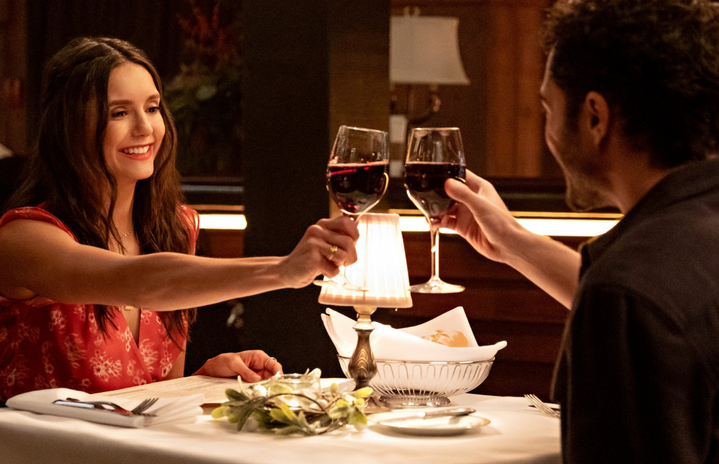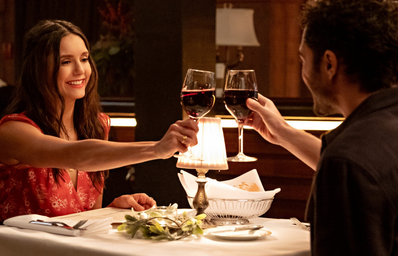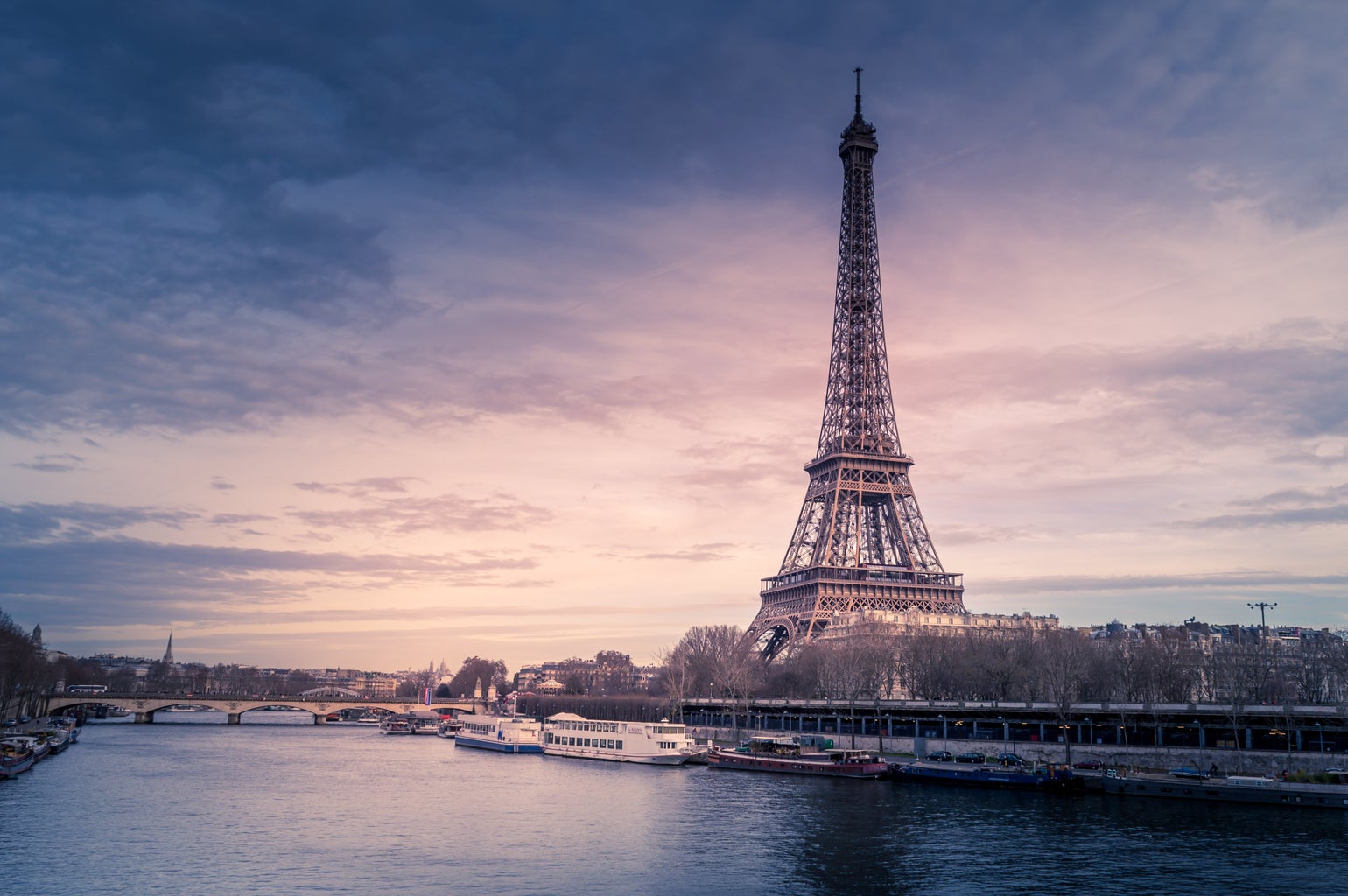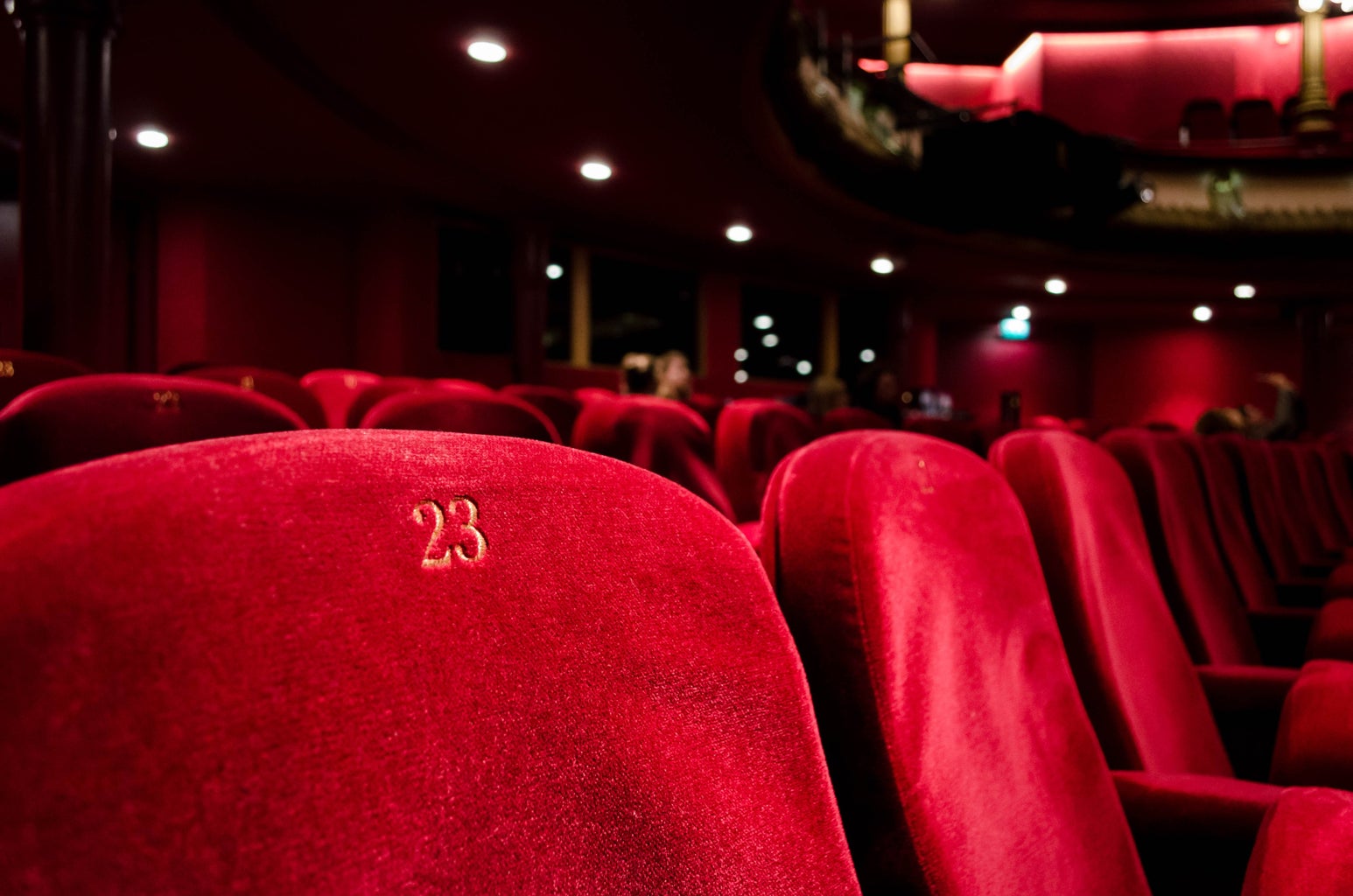For generations, it’s come across that a good conversation, a fine meal, a grasping film, or even live music all pair well enough to seal the deal for a sweet kiss or a higher chance at a second date. But what exactly makes the cliche elements of dinner and entertainment so harmonizing, and continue to be one of the most opt choices to settle the perfect date? The classic trope has translated its intentions yet has always brought the motive to make someone happy.
1920s: What Happens in Paris, Well…Was From Paris
To no surprise, the concept of a dinner and a movie began in none other than the city of love: Paris. Its earliest documented thought started in 1924 at an art exhibition, the Salon d’Automne, where coordinators made the willful decision to combine the study of culinary arts with film for visitors to enjoy art pieces as a whole. This idea created traction and popularity for the exhibit, which inspired other businesses to observe and attempt the same. Later, the 1940s soared in profit from building small projection rooms that could offer the public of Paris informational movies with their snacks or dinners. Could you imagine that sitting through (considerably boring and somewhat) training videos would gain such admiration?
1970s: Chit Chatting and Ground Round Bouncing
Thanks to France, the United States saw an opportunity in this trend and customized it to fit their staple of cinema with food. Rising into fame for one and all was the Ground Round, an American grill and bar restaurant first opened in Massachusetts in 1969. It grew in popularity for its silent cartoon previews and unashamed peanut droppings. Originally targeted towards children, the Ground Round foresaw that their restaurant could attract an older audience, which presented them with a more laid-back, communal dining experience by offering adult beverages and appetizers. A big traction was college students from local institutions who would go late at night or after hours for finger foods and fun. Supporting Ground Round’s popularity was expansion, as multiple franchises opened and played various showings, allowing people to hop in between each and try different menus. From 1975 to the early 2000s, new and current franchises also decided to follow in this idea’s footsteps making the restaurant-movie theme more regionally appealing to all its aspects, such as Drafthouse Cinema.
2000s: If It’s Meant to Be
For centuries, the dinner-movie formula has always been the event and activity for quality time with friends or family, or catching up and eating. Over time, the success of this concept gave the impression that it will triumph in the perfect date as well, as many people take potential significant others to see a rom-com and eat at an upscale restaurant. For such a favored night out, the idea has been debated by people on whether it’s too common or practical to accomplish a great evening. While others optimize that it introduces new environments and engages more intimate moments, some presume it is too cliche or pricey overall.
Whether it is a good or bad idea to do a dinner and a movie, it’s always in the best interest to have a good time regardless of it being done a number of times. It can be a different film, a local restaurant, or a range of your most supportive friends. It’s meant to be bold, inviting, and to get the mood in action. Do whatever feels comfortable to you!




